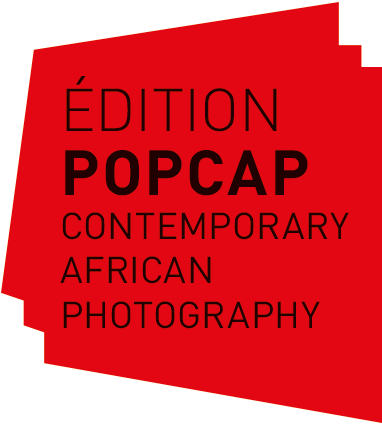Pelou Mwepu-Kalonji, security guard
Pelou Mwepu-Kalonji, security guard
Pelou Mwepu-Kalonji, 29, comes from the Democratic Republic of the Congo, where ‘I had no job and was con- cerned for my safety ... there is no democracy in my country.’ He has lived in South Africa for three years. Main Reef Road, once known as Witwatersrand Main Road, can be dated back to 1898, when construction began on this major artery. It was intended to link all the mining towns on the Witwatersrand and was used for the trans- portation of supplies to the mines. The Reef extends for about 45 kilometres from Boksburg to Krugersdorp. From Legacy of the Mine, 2010–2013
Edition 1/7 + 2AP
Sheet size A2 (420 x 594mm).
Ultrachrome Pigmentprint on Hahnemühle Photo Rag Ultra Smooth Archival Paper 305 g/sqm
Print number: IG1400X-3
For more than a century, South Africa’s demand for gold, diamonds, coal and platinum has gone from strength to strength, often shifting in accordance with the political economy and the availability of foreign markets. Mineral exploitation by means of cheap and disposable labour has brought national economic growth, making the mining industry the largest industrial sector in South Africa. The mine, irrespective of the particular minerals extracted, is central to understanding societal change across the country. The issues it raises in South Africa are evidently comparable to mining concerns around the world. This enabled Ilan Godfrey to channel his conception of the mine into visual representations that gave agency to forgotten communities. The countless stories of personal suffering are brought to the surface and the legacy of the mine is revealed. This is apparent through land rendered unfit for alternative uses, through public health crises within local communities, land and water pollution, and through the disruptive influence of historical labour exploitation impacting on familial structures and cultural positioning. – Ilan Godfrey



